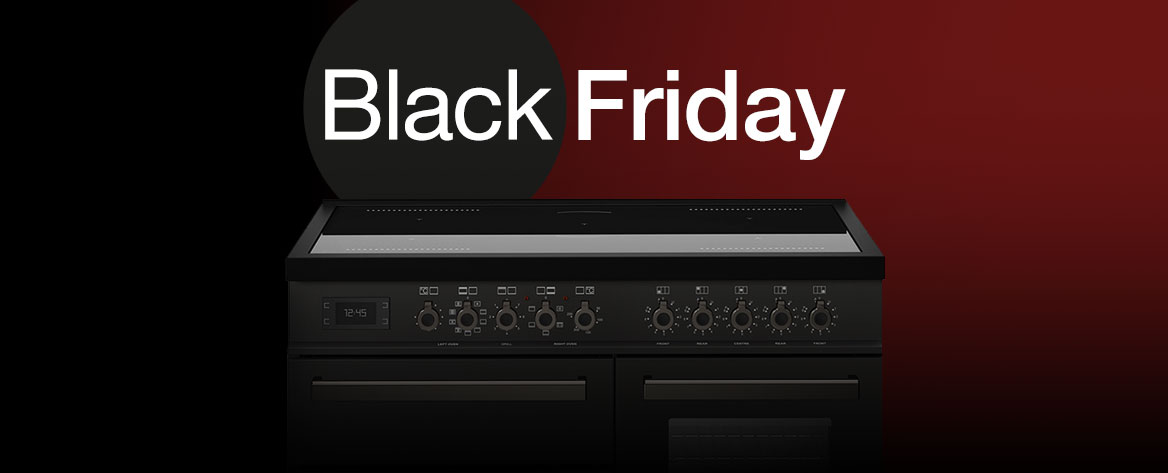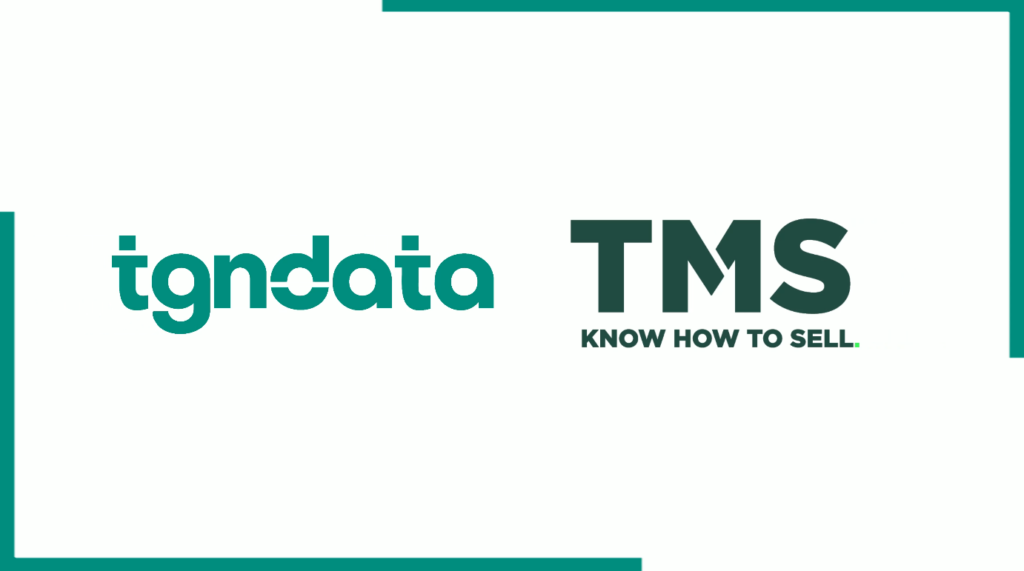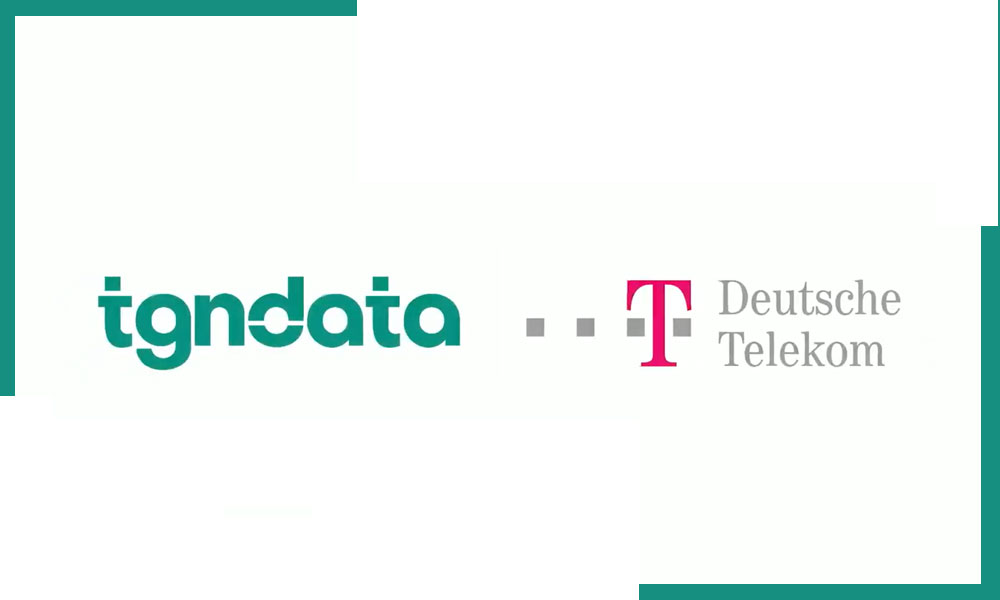Edit Content
The Black Friday season is a battlefield for consumer electronics retailers. To secure victory and maximize your sales, it’s essential to not only focus on your own strategies but also to study and gain insights from your competitors. In this article, we’ll delve into the top 5 key insights that thorough competitor analysis can provide to help you dominate the Black Friday market.

Competitor analysis allows you to pinpoint the optimal pricing range for your products. Examining the pricing strategies of competitors in your niche can help you strike the right balance between competitiveness and profitability.
Example: Suppose your competitor, consistently offers discounts on high-end headphones during Black Friday, positioning them as a budget-friendly alternative to premium brands. This insight can guide you in creating similar deals for your own headphones to tap into this market segment.
Proven Approach: Conduct pricing audits of your competitors’ products before Black Friday, noting their regular and Black Friday prices. This data will help you set competitive prices for your own offerings.
Analyzing your competitors’ promotion tactics can reveal what works best in your industry. Learning from their successes can help you tailor your marketing and promotional efforts to have a more substantial impact.
Example: If a competitor’s email marketing campaign was remarkably successful, you can focus on enhancing your email marketing strategy by creating compelling subject lines and content that draw customers to your Black Friday deals.
Proven Approach: Sign up for your competitors’ email lists to receive their Black Friday promotions and track which tactics they use for engagement. Then, adapt and improve these strategies for your own email campaigns.
Discover which customer segments your competitors are targeting. By analyzing their Black Friday marketing materials and the type of products they promote, you can adjust your strategies to appeal to different segments or further concentrate on your own target audience.
Example: If your competitor heavily promotes gaming laptops and accessories for Black Friday, it suggests a focus on the gaming community. You can then tailor your marketing to attract gamers to your store.
Proven Approach: Examine competitors’ marketing materials, such as ads and product listings, to identify the customer segments they are targeting. Craft tailored messages and deals to cater to those specific segments.
Analyzing how competitors engage with customers during Black Friday can provide insights into creating a more satisfying shopping experience. Understand the channels and methods that resonate most with your target audience.
Example: If a competitor uses interactive social media contests to engage customers, you can adopt a similar approach to build excitement and anticipation for your Black Friday deals.
Proven Approach: Study competitors’ social media activities, customer reviews, and feedback during the Black Friday season to uncover effective engagement strategies and implement them in your own marketing.
By leveraging these insights, you can refine your Black Friday strategies and gain a competitive advantage over others in the consumer electronics retail industry. Competitor analysis isn’t about copying your rivals; it’s about learning from their successes and using that knowledge to improve your own approach.
In the end, Black Friday is a game of strategy, and understanding the moves of your competitors can be the key to winning big in the consumer electronics market.













Missing an important marketplace?
Send us your request to add it!